Exemplification for foundation subjects
Religious education exemplification standards file level 1
Pupil's profile
Sana is a Year 8 pupil who enjoys religious education lessons and is becoming increasingly confident in class discussions. She expresses her ideas when she is given time to respond verbally to questions. Sana is happy to read her work to the class. With support she is able to reflect on the meaning and application of religious studies to her own life.
Evidence groups
What does it mean for a Sikh to be a member of the Khalsa?
Context
This unit explored the meaning of the five articles of faith worn by Sikhs. Pupils had heard about the founding of the Khalsa, handled the Sikh symbols and seen videos that showed Sikhs talking about the meaning of their 'uniform'. They explored the Khanda symbol and its component parts and recorded their understanding of Guru Gobind Singh's words. They responded to the Khanda symbol through movement and dance, and talked about the part that meant most to them. At the end of the unit, pupils evaluated 'what do teachers teach us?'.
Pupil's work
_medium_tcm8-23442.jpg)
What is the meaning of the Khanda symbol to Sikhs?
Sana matched four simple descriptions to the parts of the Khanda. When asked to choose an artefact from the room that a Sikh would like, she said: "God gives us nice things like flowers and colours."
Movement to show truth
Sana chooses truth as the part of the Khanda symbol that means the most to her. She creates a symmetrical movement to express this which captures a sense of speaking.

Guru Gobind Singh's words
Sana recorded her understanding of the simplified ideas from Guru Gobind Singh's words.
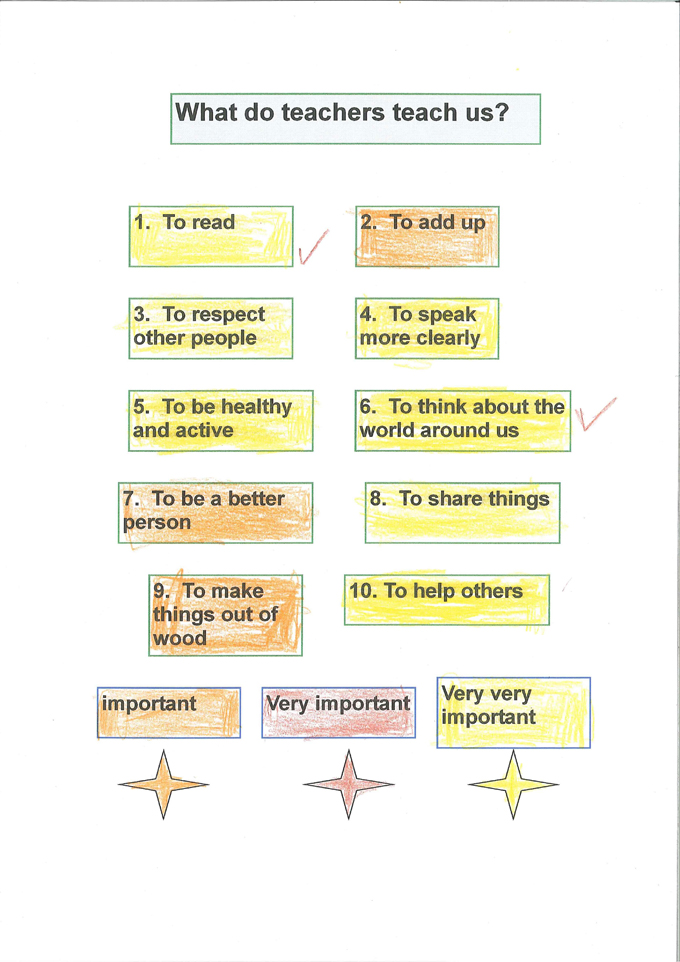
What do teachers teach us? Evaluation sheet
Sana colour coded an evaluation sheet to classify things that her teachers taught. While completing the task, she discussed her choices with other pupils and incorporated their views into her response.
Next steps
To progress, Sana needs to:
recognise a Khanda symbol in a different context, for example on a gurdwara or in a window
think of a question to ask a visitor about what symbols and artefacts are personally important and find out how these help them to live according to their faith.
How do Jews celebrate their beliefs at home and in the synagogue?
Context
Pupils explored the meaning of the Star of David symbol using its six points to share six things in their life that were special to them. Pupils then explored the meaning to Jewish people of the Shema prayer. They investigated different ways of communicating the prayer. They watched a video showing a Jewish father teaching his son the prayer using Makaton signs. The pupils developed their own visual symbols and signs which were used to create a dance.
Pupil's work
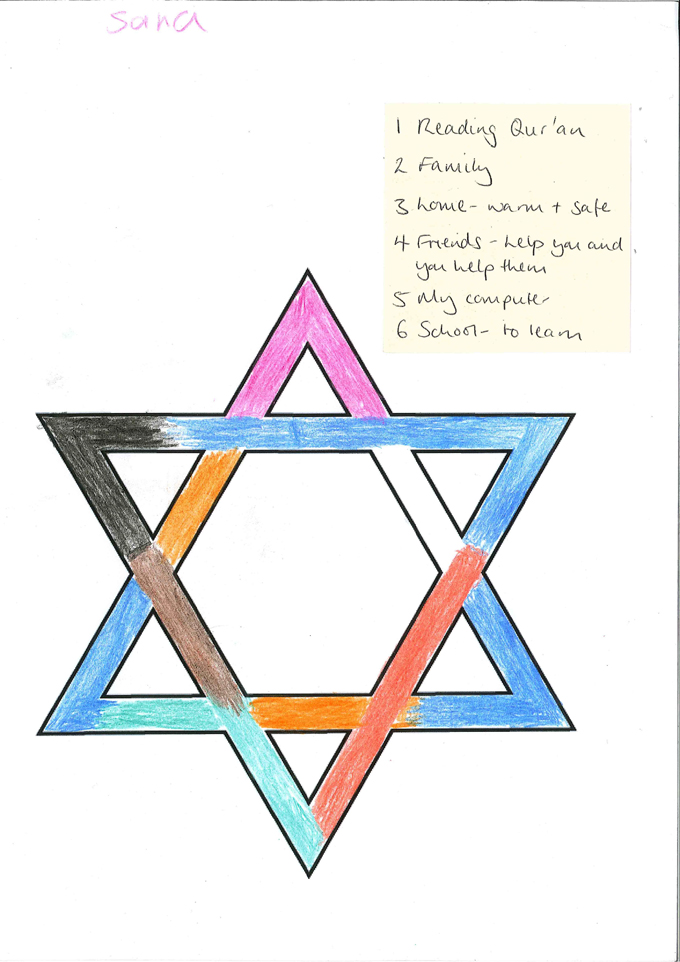
What symbols are special to Jewish people?
Sana chose colours for the Star of David. She named six important things in her life. Her ideas were recorded for her by her teacher.
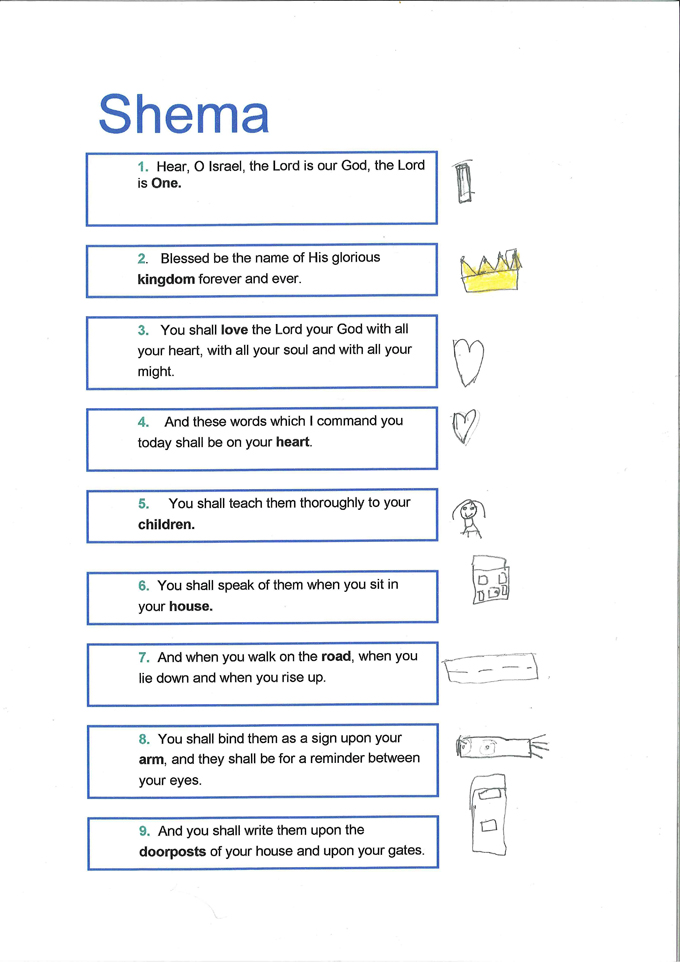
What does the Shema prayer mean to Jewish people?
Sana represented each key element of the Shema prayer with her own pictorial symbols, such as a number one for 'The Lord is One' and a crown for 'kingdom'.
How do we express the meaning of the Shema prayer?
Sana contributes her movements to the Elokainu dance piece. She uses a 'heart' gesture to represent love, the central message of the prayer. She uses a 'sweeping' gesture to represent kingdom, another element of the prayer.
Permission for use of music 'Elokainu' courtesy of Erran Baron-Cohen / Zohar.
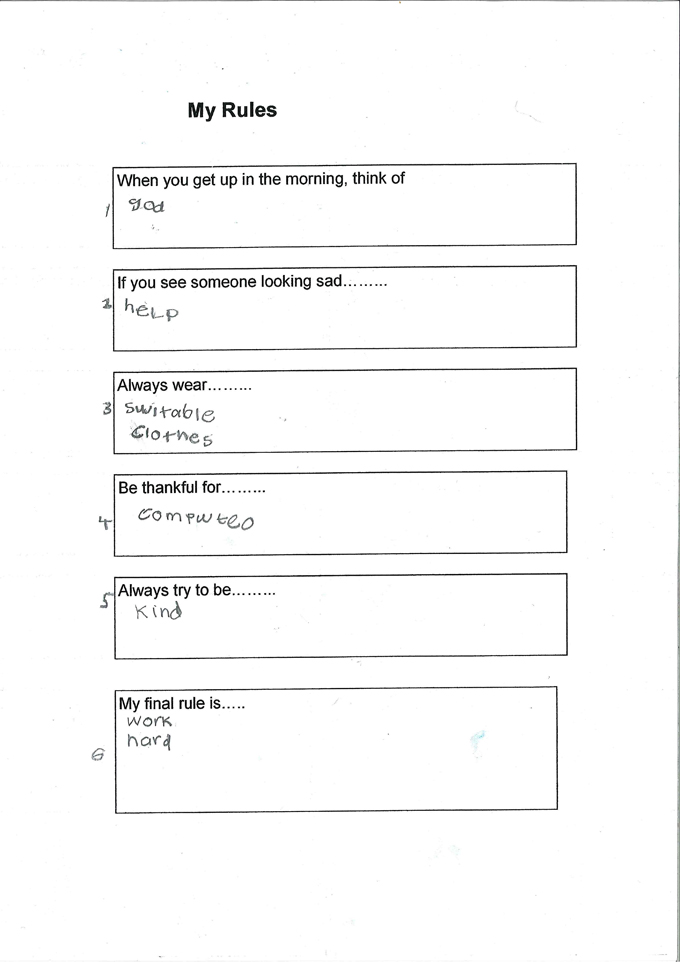
What are your rules for life?
After learning about the importance of the Shema prayer for Jewish people, Sana completed her own rules for life based on her understanding of her own Islamic religion.
Assessment commentary
Thinking about religion and belief:
Sana understood that the Star of David symbol is important to Jewish people. She took key elements of the Shema prayer and turned these into her own appropriate pictorial symbols. She understood the central message of the prayer, demonstrated through her use of the 'heart' symbol for the idea of love.
Enquiring, investigating and interpreting:
Sana's dance represented different aspects of the Shema prayer such as 'kingdom' and 'heart'.
Reflecting, evaluating and communicating:
Sana investigated the six points of the Star of David, describing six special things in her life and emphasising the importance of friendship. Sana wrote her own rules for life based on her understanding of her own Islamic religion and using the guided worksheet based on elements in the Shema prayer.
Next steps
To progress, Sana needs to:
explore prayers from different faith traditions
further develop her understanding of Judaism and make comparisons with her own faith.
Developing personal values in response to religions
Context
Pupils learnt about the story of Bhai Khanaiya from the Sikh tradition, which highlights the virtue of being kind even to one's enemies. They retold the story through a simple framework of sentence starters and then developed a group dance. Pupils used the story as a basis on which to choose three attributes that were most like them and then compared their choices. They reflected on the ways in which they showed these attributes in their daily life.
Pupil's work
_medium_tcm8-23444.jpg)
Learning about religion: the story of Bhai Khanaiya (1)
Sana recalled the traditional Sikh story of Bhai Khaniya. She linked the message in the story to her own life by telling her teacher that she helped her mum do the washing.
Learning from religion: personal qualities
Following on from this activity the pupils were asked to find another person who identified the same three attributes. Sana (like others) was unable to find a partner who had made the same choices and found this puzzling.
_medium_tcm8-23445.jpg)
Learning from religion: personal qualities
Sana coloured her choices to show which ones were most like her.
Assessment commentary
Thinking about religion and belief:
Sana recalled the story of Bhai Khaniya and understood that giving water to the enemy was a good thing to do. She said: "You must be kind to people", and gave an example from her own experience by
saying: "I help my mum do the washing."
Enquiring, investigating and interpreting:
Sana was puzzled to discover that no one else in the class had chosen the same three personal qualities as her. She discovered that pupils can have different views about the same thing.
Reflecting, evaluating and communication:
Sana gave examples of how she demonstrates her personal values in school and at home. She chose examples that are important to others such as sharing her computer with her sister.
Next steps
To progress, Sana needs to:
find values she shares with a member of another religion, for example speak to a Hindu pupil to find out three things they share in their beliefs
recognise that in her religion and those of others, everyday actions are often used as a way of demonstrating beliefs, for example helping and caring for others.
What does Easter mean to Christians?
Context
Pupils watched an animation of the story of Easter and discussed alternative names that believers use for Jesus. They looked at different artists' representations of the crucifixion of Jesus and selected one that illustrated their chosen name for Jesus. They looked at pictures of objects and events from everyday life and matched them with traditional symbolic names for Jesus. They then chose the name and image that best represented their idea of Jesus.
Pupil's work
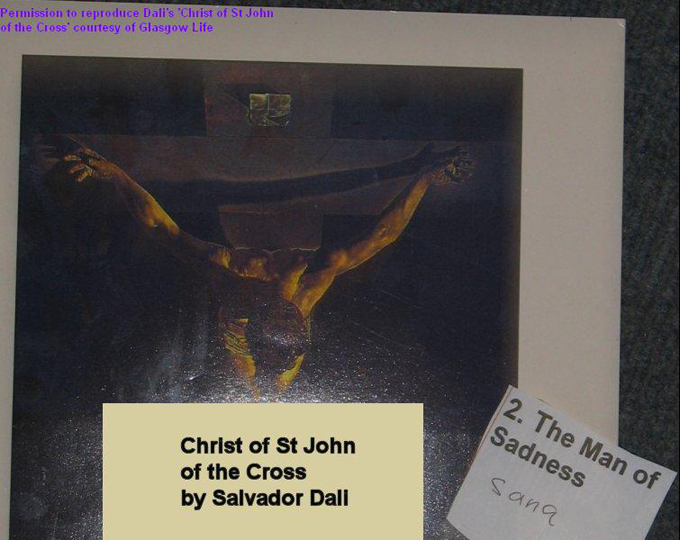
How do artists show the crucifixion?
The teacher presented a series of paintings of the crucifixion. Sana worked independently and chose The Man of Sadness as her favourite name for Jesus. She made a clear decision to choose the Salvador Dali Christ of St John of the Cross to link with her favourite name because of the way Jesus is looking down.
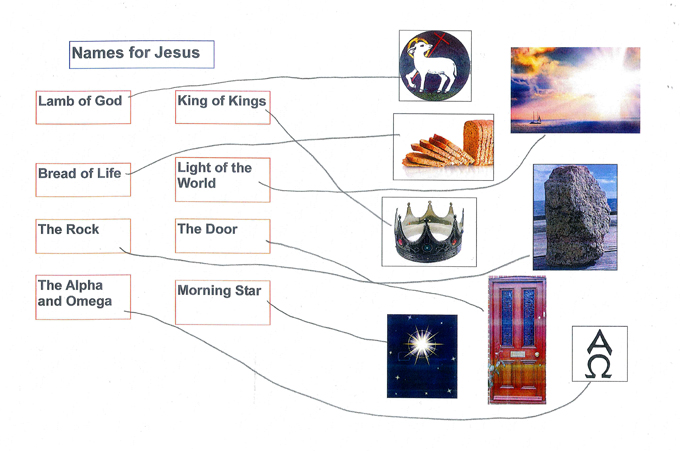
What names do Christians use for Jesus? (1)
Sana matched symbolic names for Jesus with the images from everyday life.
What names do Christians use for Jesus? (2)
Sana chose The Morning Star as her best symbolic name for Jesus. She chose to use gestures to express the meaning of these words. She explained her choice (and created a word by combining 'remember' and 'symbolises') by saying: "The star rememberises Jesus was a good man."
Assessment commentary
Thinking about religion and belief:
Sana recognised that the painting Christ of St John of the Cross shows part of the story of Easter. She understood that there are alternative names for Jesus and that sometimes they are linked to events and objects in everyday life.
Enquiring, investigating and interpreting:
She selected an appropriate name for Jesus, showing understanding of the qualities of Jesus' life.
Next steps
To progress, Sana needs to:
build on her understanding of the importance of the story of the crucifixion to Christian belief
start to recognise that her own and others feelings are a feature of religious life and practice.
Overall assessment judgement
Religious education exemplification standards file level 1
Overall, Sana is working at level 1.
Thinking about religion and belief:
Sana shared words and ideas from her own faith tradition, Islam, within work on a different religion, using them correctly and respectfully. She understood that Jewish people do not represent God figuratively, choosing to show the number 1 to show 'The Lord is One'. She described features and practices from her own religion and began to make links to those of others. Sana creatively interpreted symbols through dance and movement, depicting the symbolic meaning of the 'miri' kirpan, denoting truth. She recounted a religious story supported by a clear structure and guidance.
Enquiring, investigating and interpreting:
Sana recognised symbols and other forms of religious expression when matching labels and meanings to pictures of the objects that are symbolised in the Khanda. Sana creatively interpreted symbols through dance and movement, depicting the symbolic meaning of the 'miri' kirpan, denoting truth. Sana identified three personal attributes that related to the story of Bhai Khanaiya but was puzzled by the fact that no-one else in the class had selected the same three attributes as her.
Reflecting, evaluating and communicating:
Sana shared her own values, such as being kind, helping others and working hard. She evaluated a list of possible things teachers taught and showed that reading was something important to her. She also selected the idea 'to think about the world around us' but was not able give reasons for her choice. She talked about God giving 'flowers and colours' and revealed what was special to her. In the dance piece based on the Jewish Shema prayer, Sana made links with her own beliefs. Sana revealed that she has good understanding of human values and practical ways of showing concern for others. She has made sense of her learning from other religions by using her own experiences.
The extracts of pupils work below are a reminder of some of the evidence used to make these judgements.
_thumb_tcm8-23400.jpg)

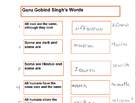
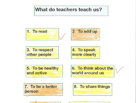
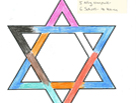
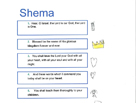
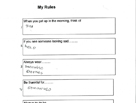

_thumb_tcm8-23402.jpg)
_thumb_tcm8-23403.jpg)
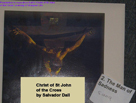
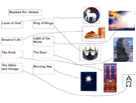
Assessment commentary
Thinking about religion and belief:
The movement that Sana chose to represent truth - her part of the Khanda sequence - demonstrated her understanding of the meaning of that symbol for Sikhs. She identified the name of another religion (Jewish).
Enquiring, investigating and interpreting:
Sana matched name labels and meanings to pictures of the objects that are symbolised in the Khanda. She placed the labels and pictures next to the appropriate parts of the large picture of the Khanda symbol.
Reflecting, evaluating and communicating:
Sana expressed some of her feelings about God when exploring the Khanda symbol. As part of the 'what do teachers teach us' activity she stated her personal choices about the things she felt were most important to learn. Sana recognised that those things might also be important to other people.